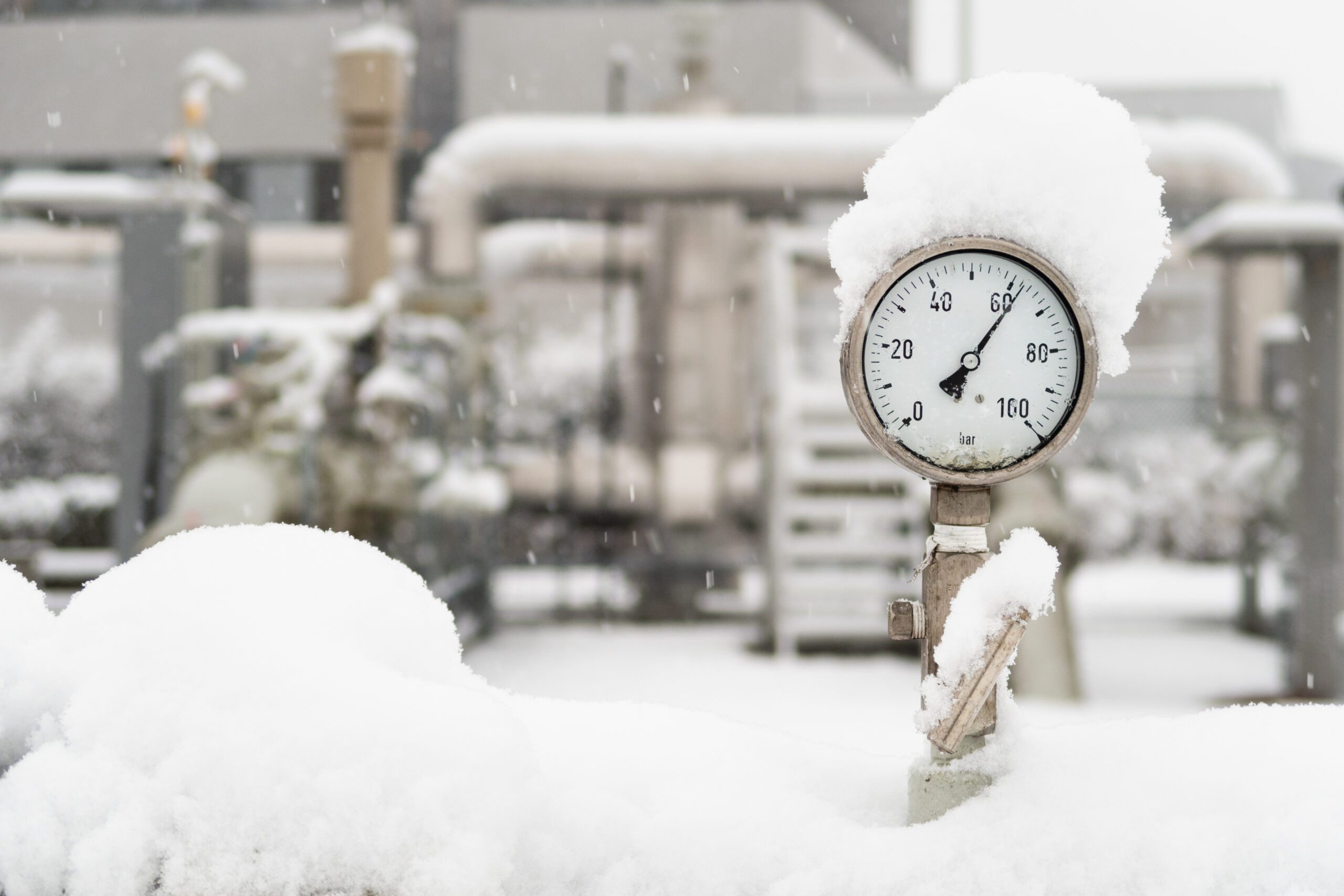Now’s the time to be proactive about the possibility of pipes and systems freezing up. Knowing which pipes and systems are most likely to freeze, and then taking some preventative measures can make a big difference and save you from having to shut down operations to deal with water damage and costly repairs.
Where are water systems most likely to freeze?
Pipes and sprinkler systems are most likely to freeze in areas of a building or property where temperatures can drop significantly during cold weather. The likelihood of freezing depends on the location and environmental conditions.
The most common areas where pipes and sprinkler systems are most likely to freeze are:
- Exterior walls—These walls are exposed to the outdoor temps; when temperatures plummet, the cold can penetrate the walls and affect the pipes within.
- Ceiling voids—Any pipes in the ceiling void can be exposed to freezing temperatures, especially in regions with severe winters.
- Basements and crawl spaces—Basements and crawl spaces are typically cooler than the rest of the building, so pipes may not receive sufficient heat.
- Utility rooms—Rooms that house water heaters, boilers, and other plumbing components can be prone to freezing if not adequately heated or insulated.
- Exterior pipelines—Pipelines used for landscaping, irrigation, or fire protection are exposed to the elements. If not properly insulated or protected, they can freeze in cold weather.
- Roof— Roof-mounted sprinkler systems are exposed to cold winds and precipitation that can lead to freezing.
What impact can frozen systems have on businesses?
Crucial infrastructure, like pipes and sprinkler systems, can suffer serious damage from freezing temperatures. This can have a substantial impact on your business, causing a series of adverse outcomes that can interrupt operations, create financial burdens, and compromise safety.
Should a pipe freeze and burst, potential impacts include (but are not limited to):
- Disruption of operations—Frozen pipes can cause leaks, leading to water supply shutdown and disruptions in day-to-day operations.
- Property damage—Burst pipes and malfunctioning sprinkler systems can cause costly water damage to a building’s structure, interior, and equipment.
- Safety risks—Frozen pipes can cause leaks, flooding, and slip-and-fall hazards. Water damage can also create electrical hazards. Furthermore, underlying damage could cause sprinklers to malfunction later should it be needed during an emergency.
- Regulatory and compliance issues—Certain industries and regions have specific regulations and codes related to fire protection systems. Failure to maintain a functional sprinkler system can result in legal compliance issues, fines, and penalties.
- Increased insurance costs—Businesses affected by frozen pipes or sprinkler systems may need to file insurance claims to cover repair and restoration costs. This can lead to increased insurance premiums in the future.
Steps to minimize the risk of frozen pipes and sprinkler systems
Businesses can take preventive actions to minimize the risk of pipe and sprinkler system freezing. By following these steps, they can safeguard the integrity of their infrastructure, avoid expensive damage, and ensure the continuous operation of fire protection systems:
- Insulate pipes. Use pipe insulation sleeves or heat tape in unheated or exposed areas to prevent freezing. Once installed, remember to check the insulation for deterioration.
- Seal gaps and cracks. Inspect the building for gaps, cracks, and openings that allow cold air to enter. Seal these areas to prevent drafts that can affect the temperature of pipes.
- Maintain adequate heating. Ensure that spaces containing pipes are properly heated, especially in areas with exposed pipes. Consistent heating prevents freezing. Monitor the heating system to ensure proper function and maintain a suitable temperature in vulnerable areas.
- Drip faucets. During extremely cold weather, allow faucets to drip slowly. Running water is less likely to freeze, reducing the risk of burst pipes.
- Prepare for emergencies. Create an emergency plan for frozen pipes or sprinkler malfunctions. Educate employees on the protocol to minimize damage. It’s also best to keep contact information of professionals for immediate assistance.
- Watch the weather. Stay informed on weather forecasts, especially during cold spells. Take extra precautions when extremely low temperatures are expected.
- Train employees. Train employees on how to identify signs of freezing pipes or sprinkler system issues, and make sure they know how to shut off the water supply in case of an emergency.
- Use frost-resistant materials. When installing new plumbing or sprinkler system components, consider using frost-resistant materials that are less prone to freezing.
To avoid costly damage and ensure smooth business operations during winter, safeguard your business against frozen pipes and sprinkler systems. This can be accomplished by determining vulnerable areas, understanding the effect of cold weather on pipes, and applying preventive steps. This not only protects your business and assets, but also ensures your employees’ safety.
If you’re unsure how to inspect your building for potential freezing pipes and sprinkler system issues, feel free to reach out; I would be happy to help.

